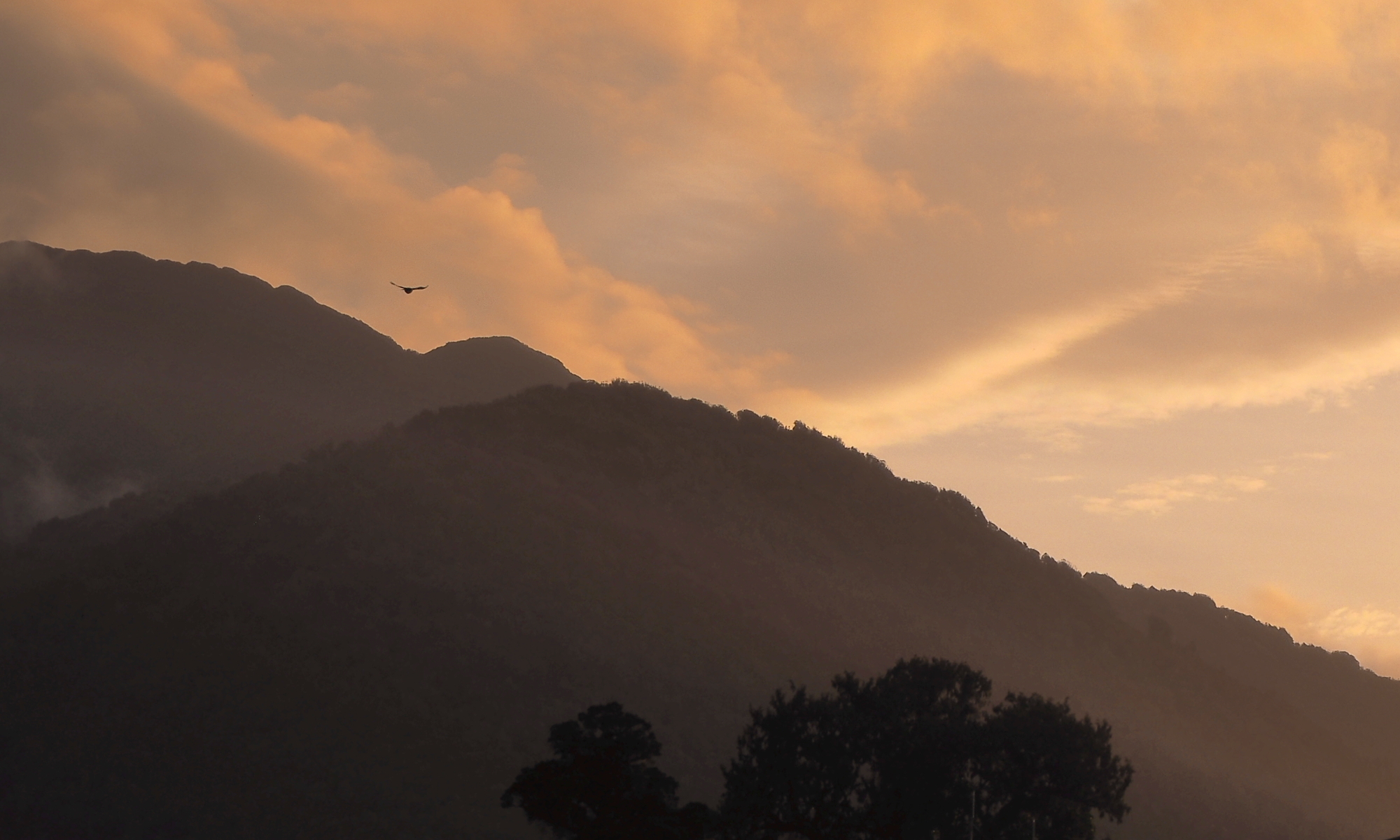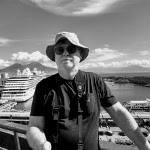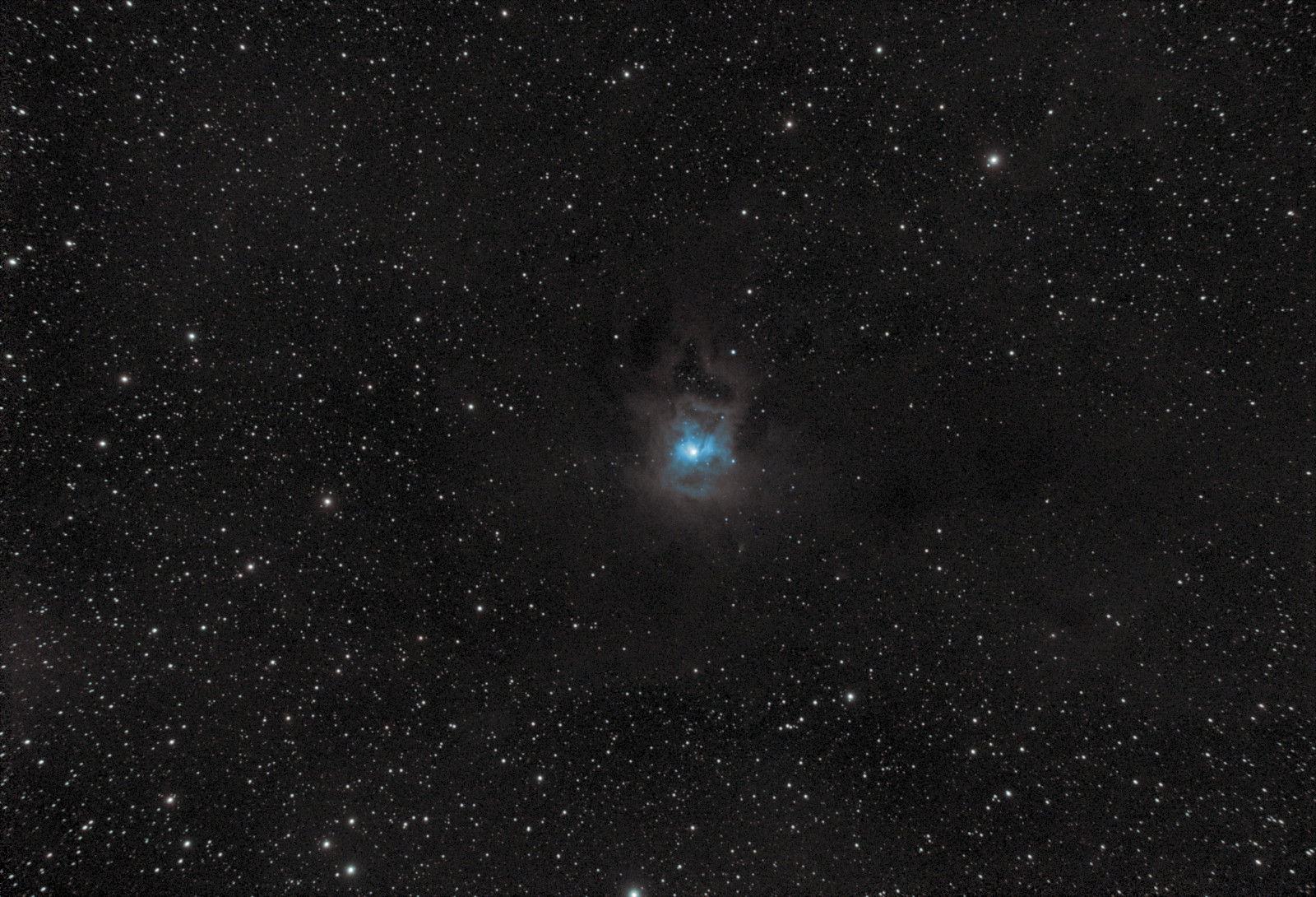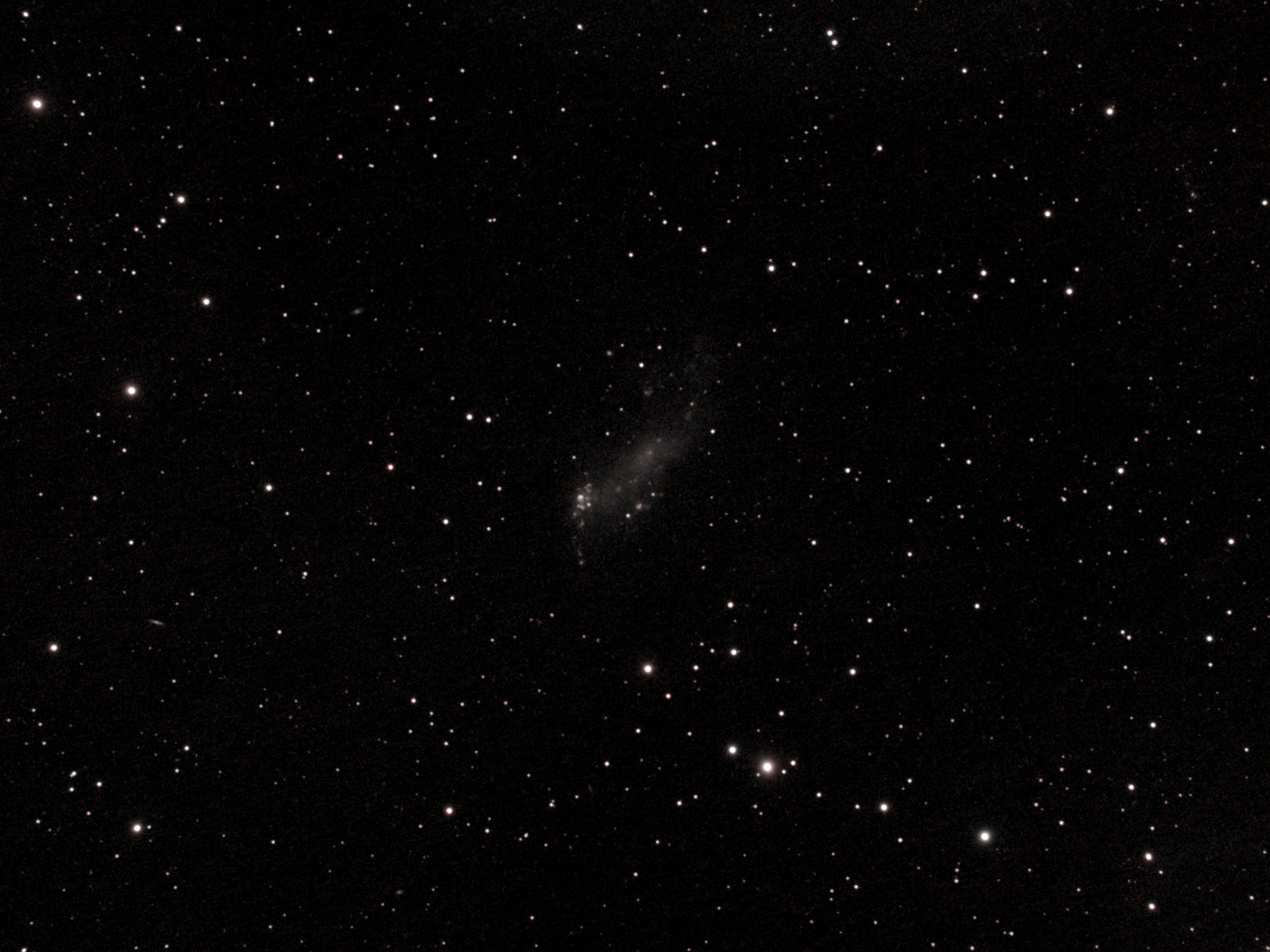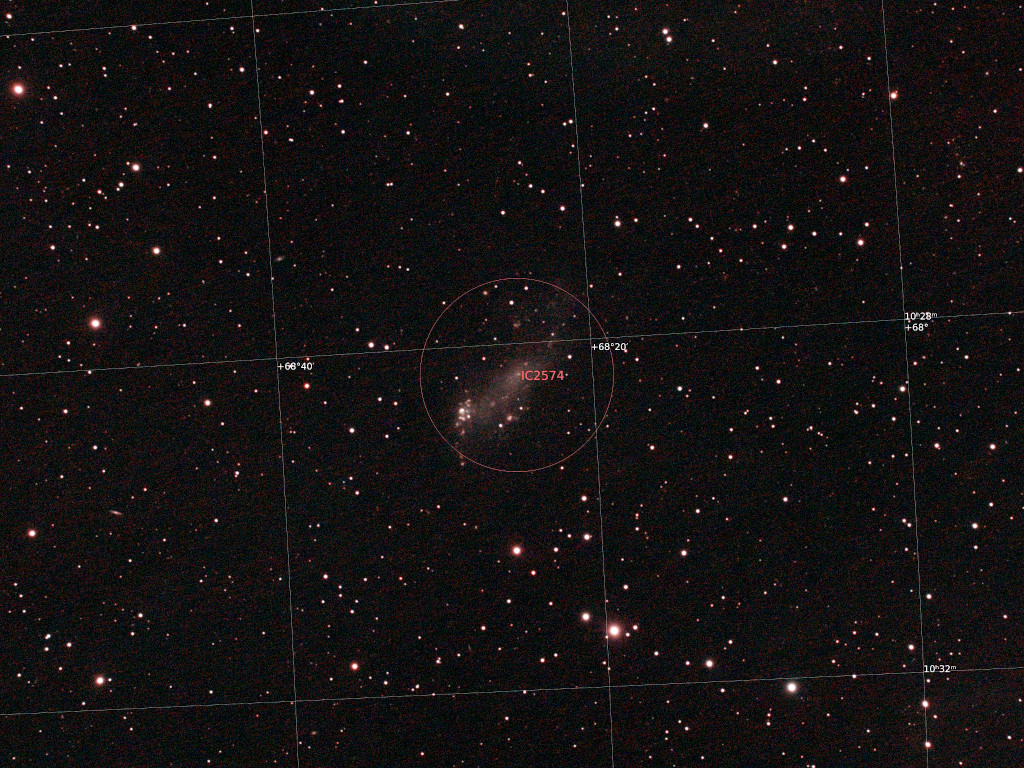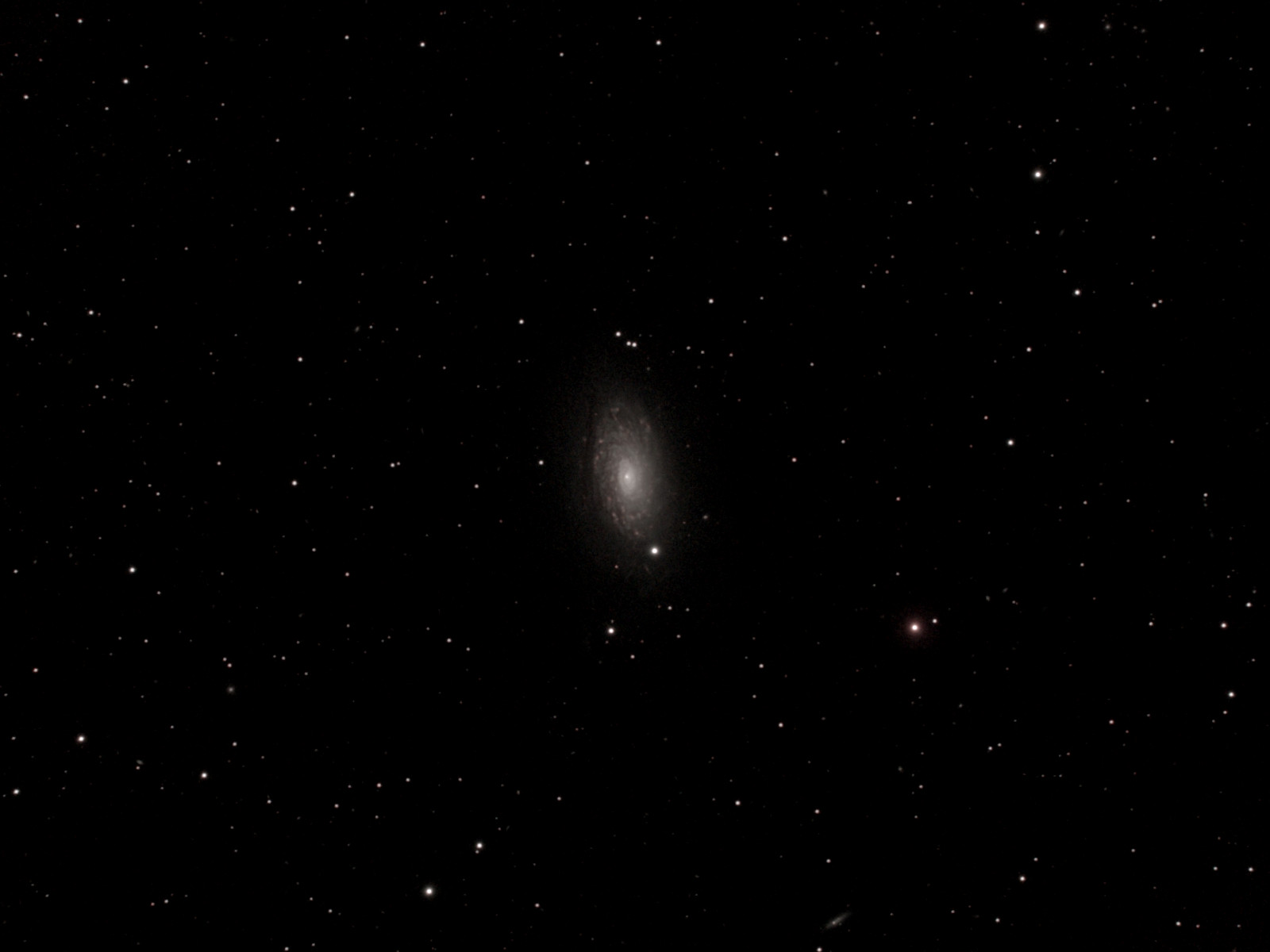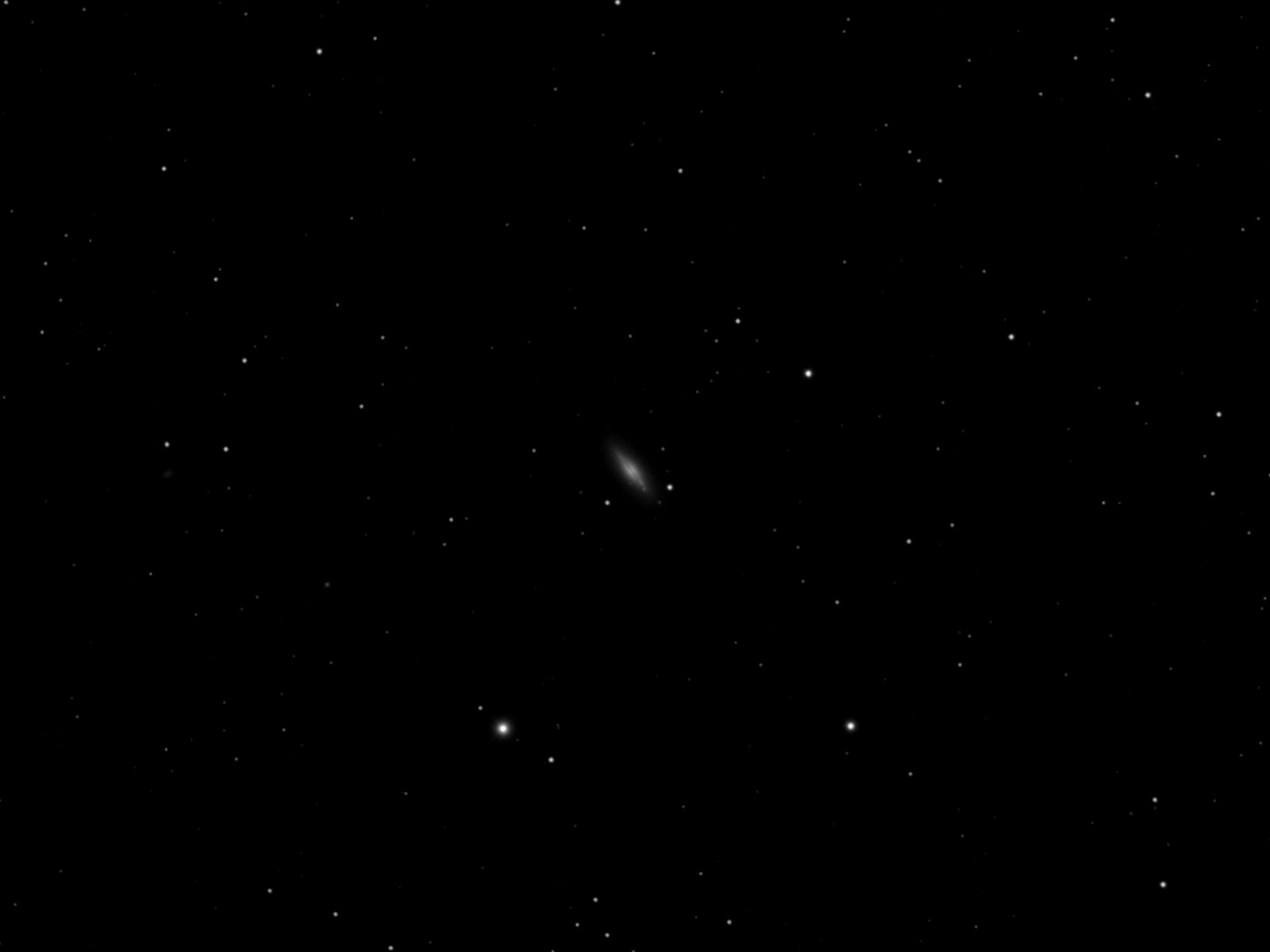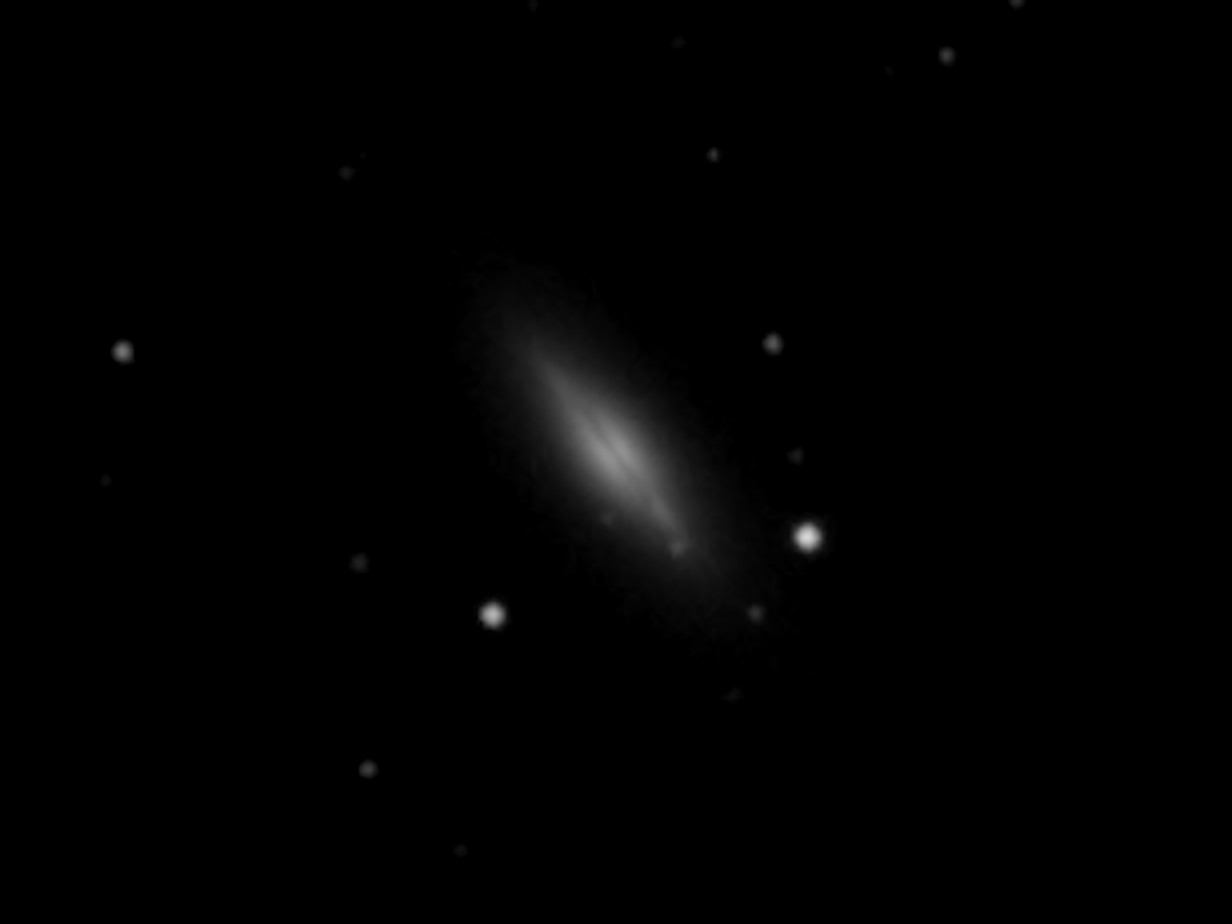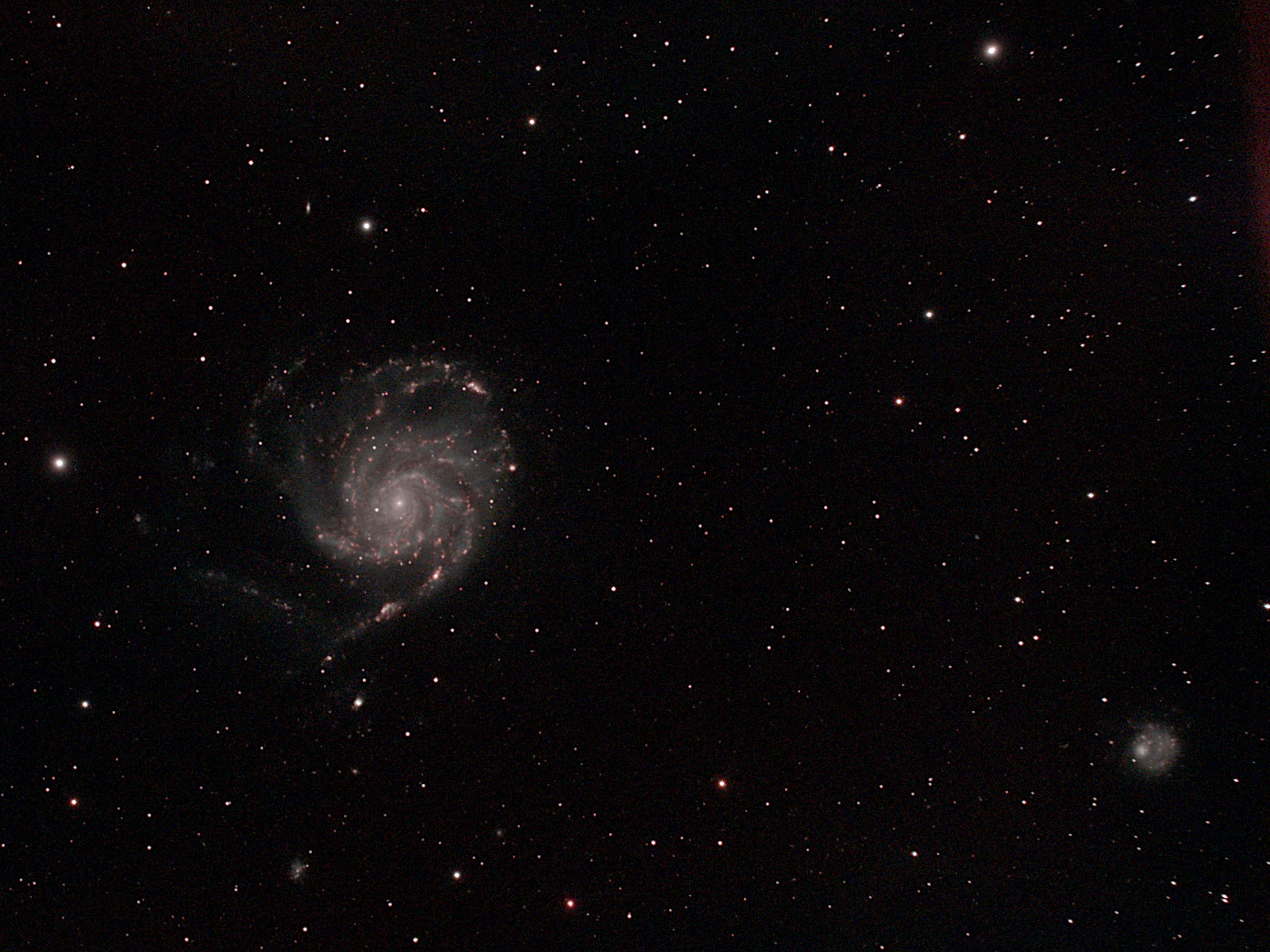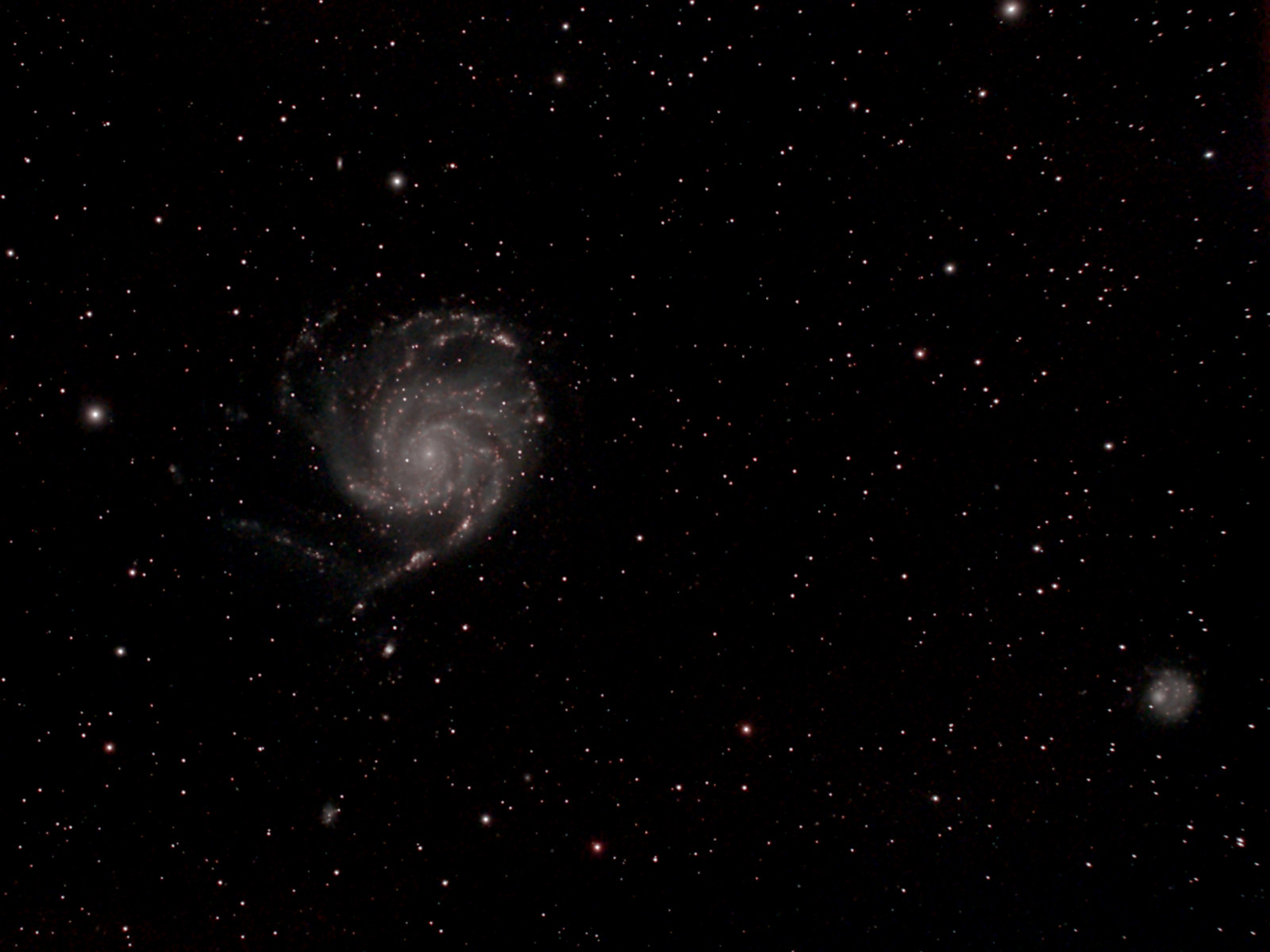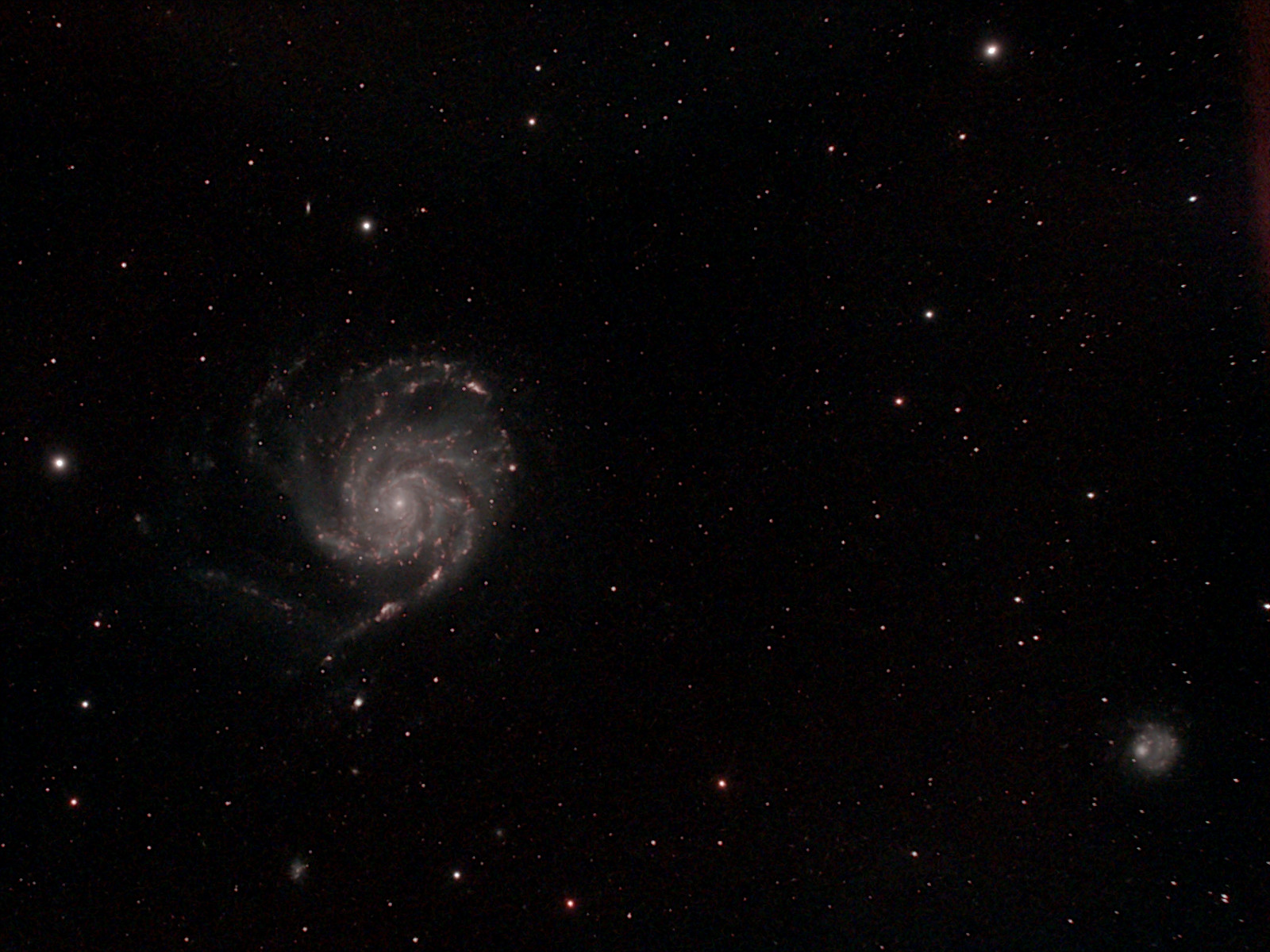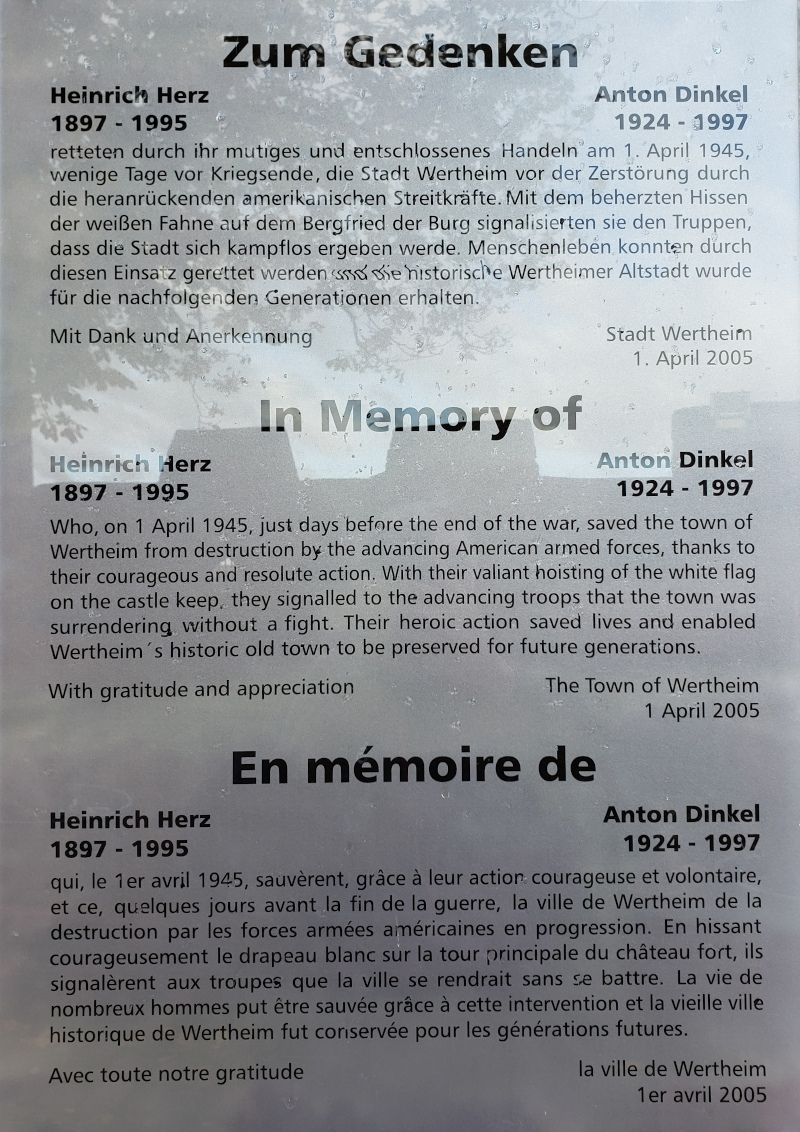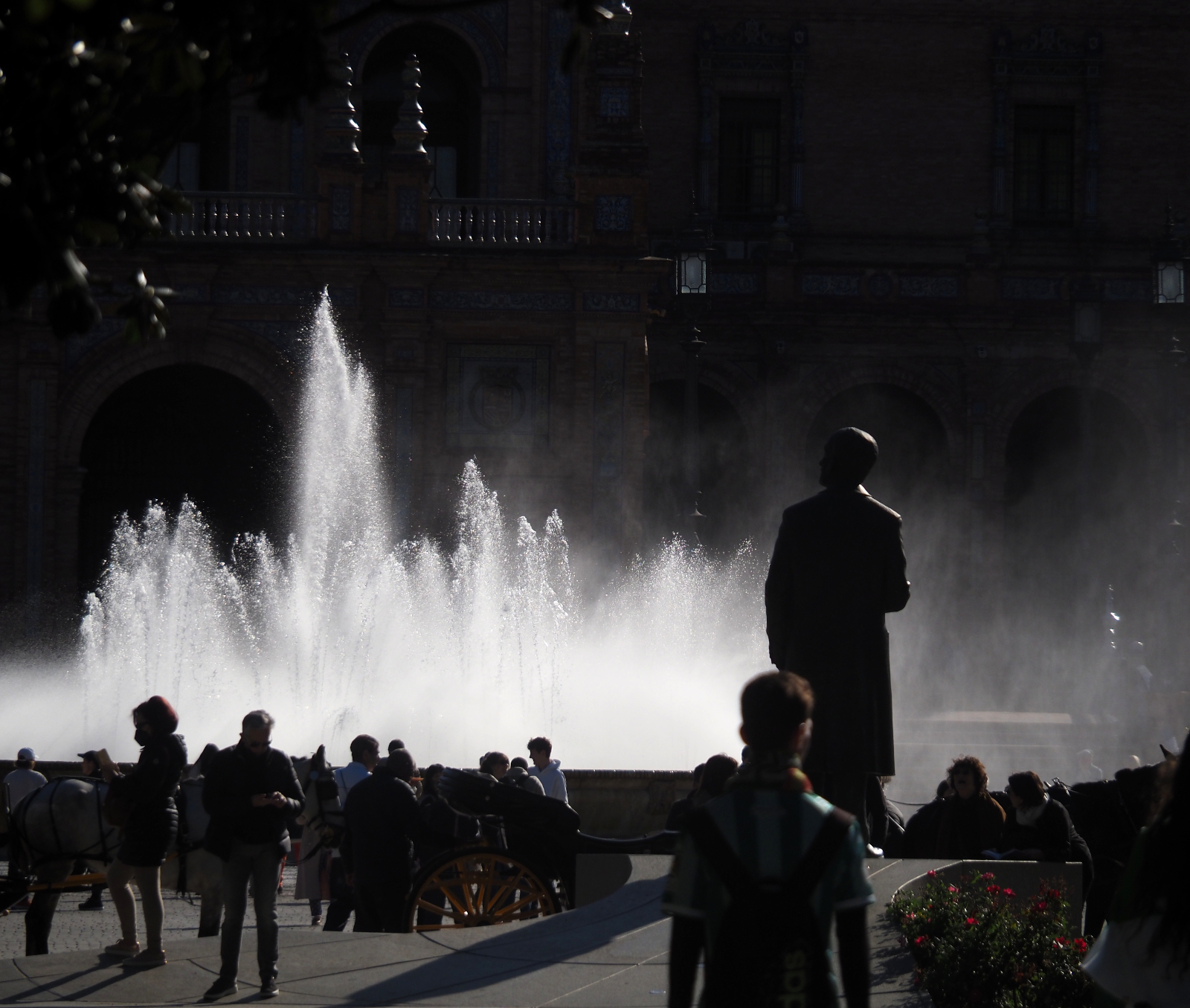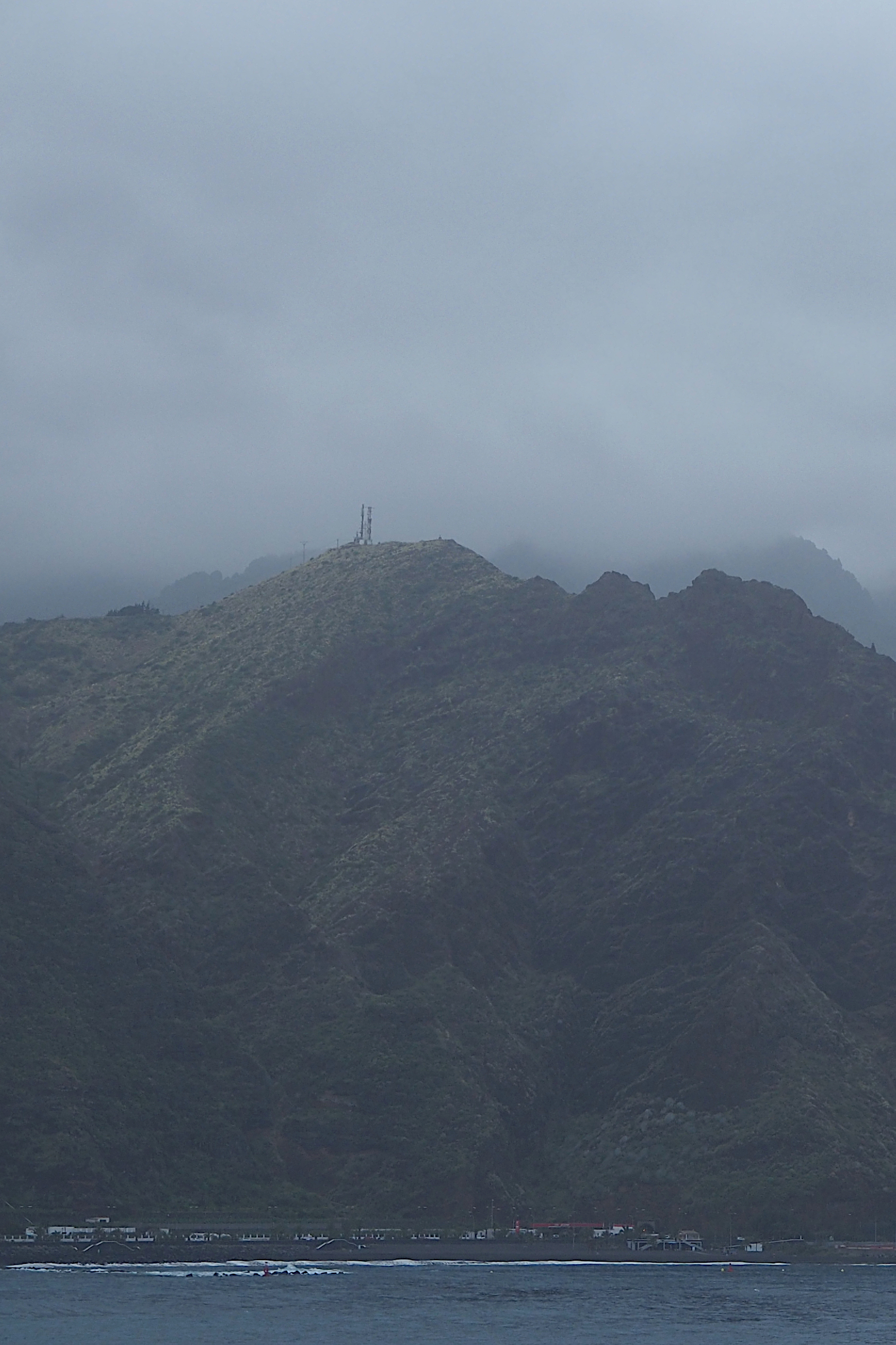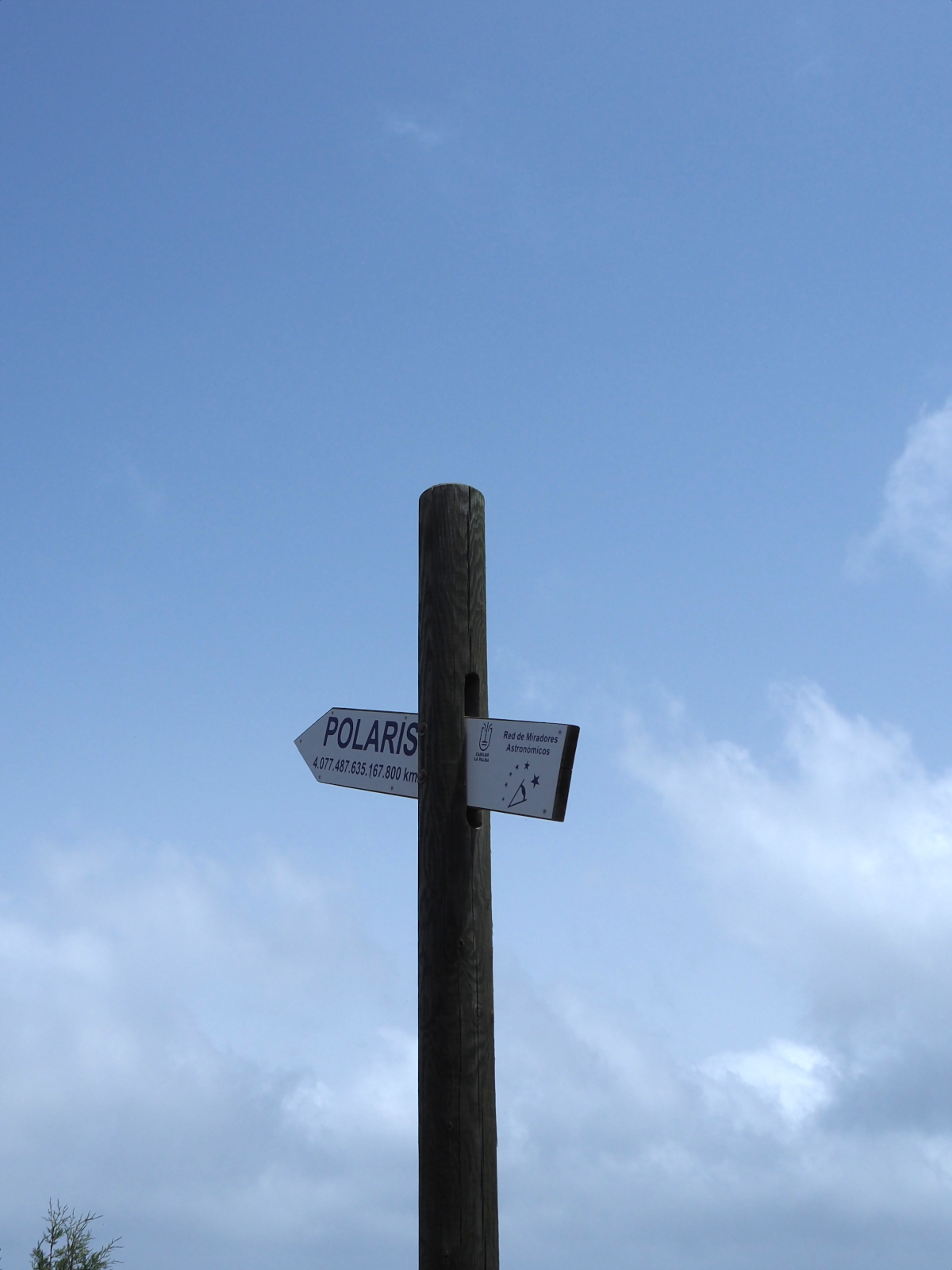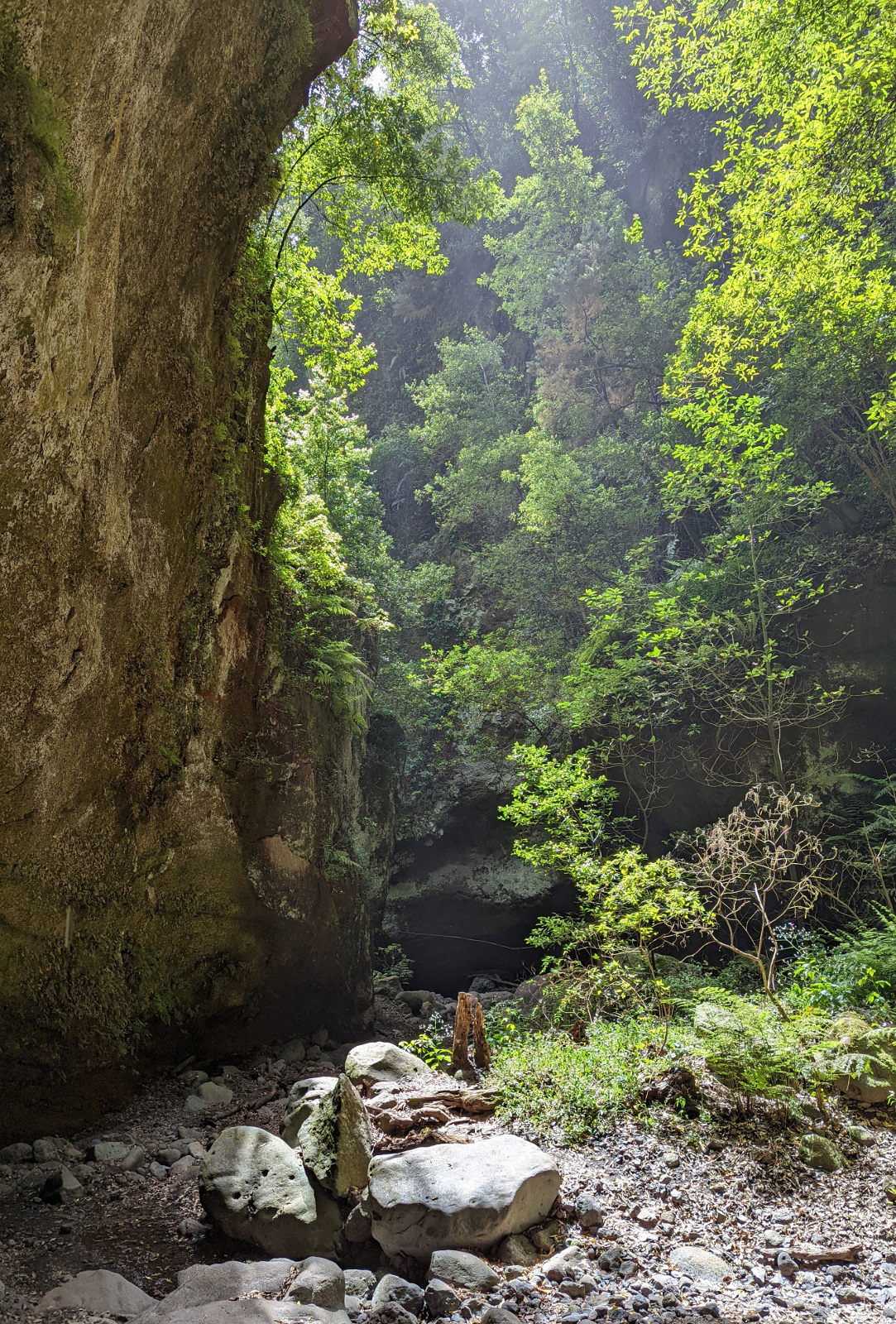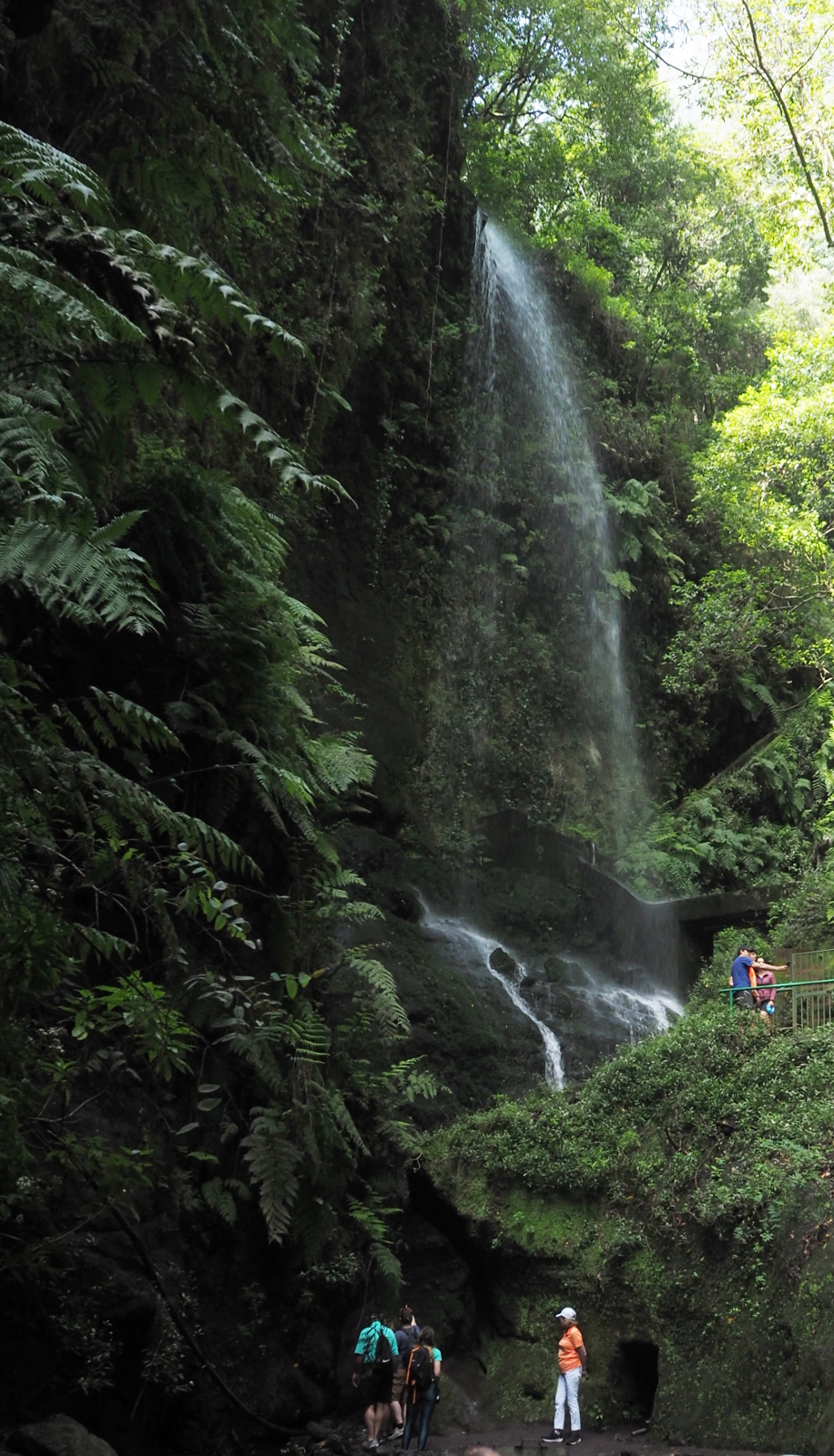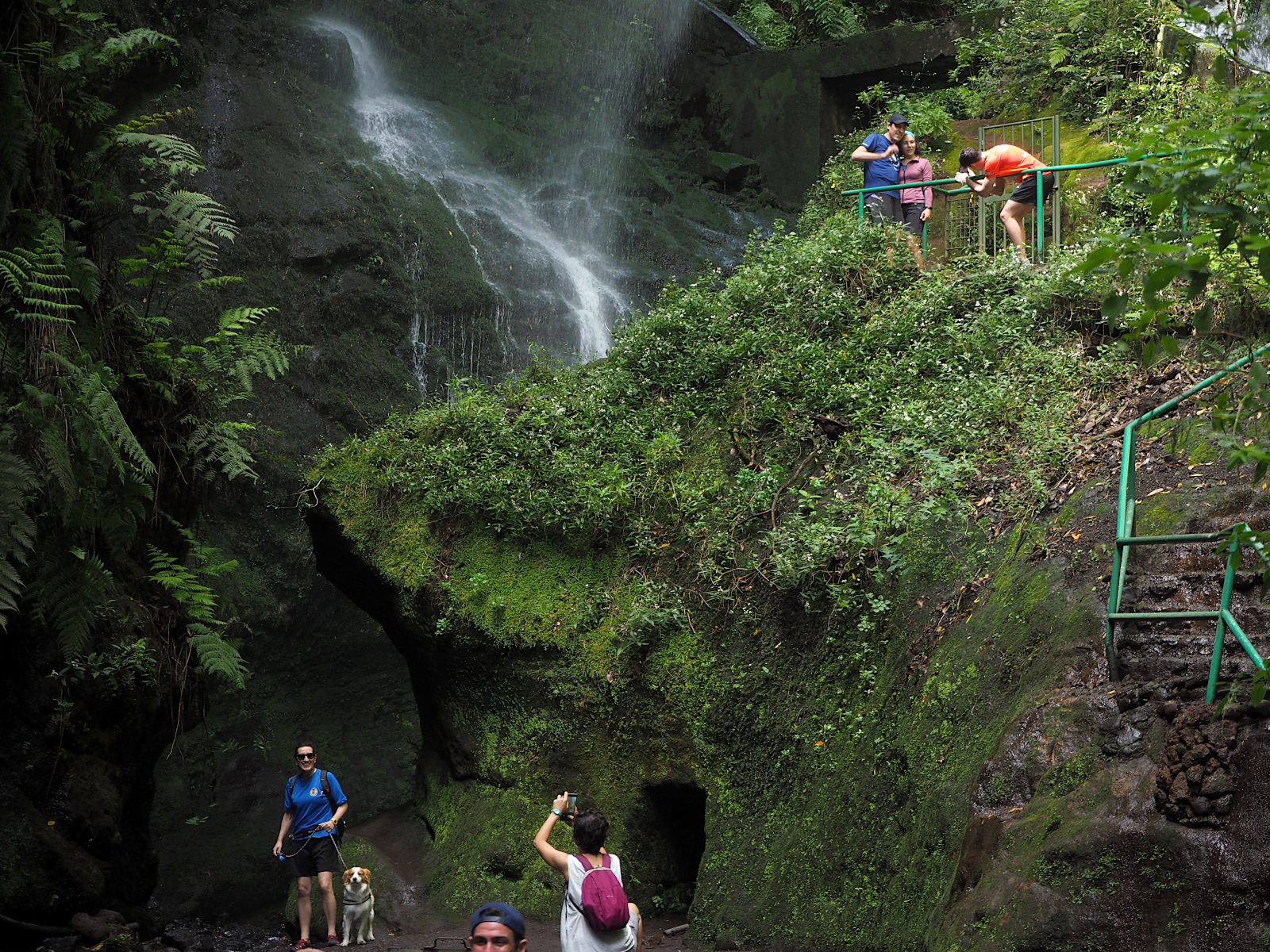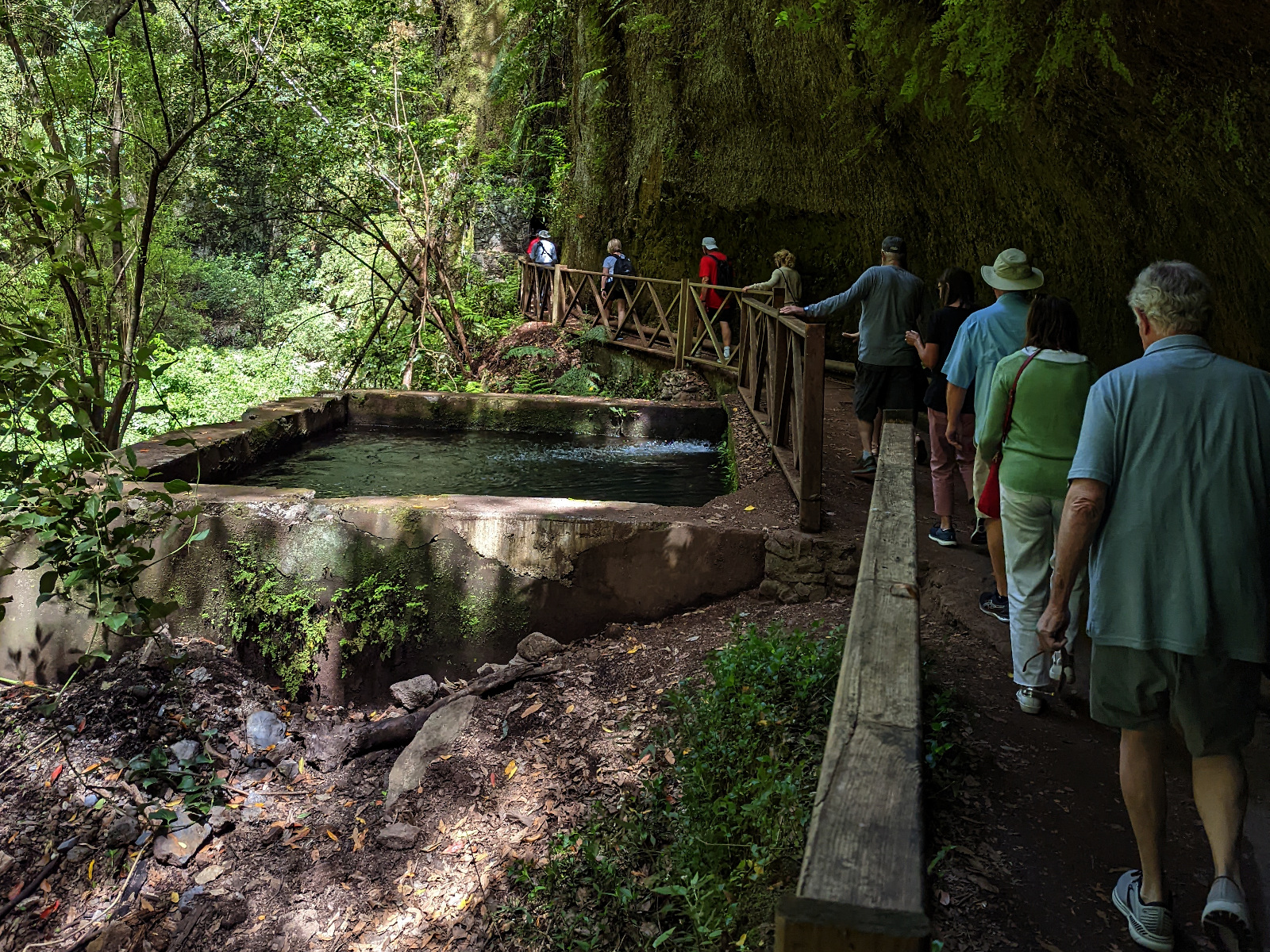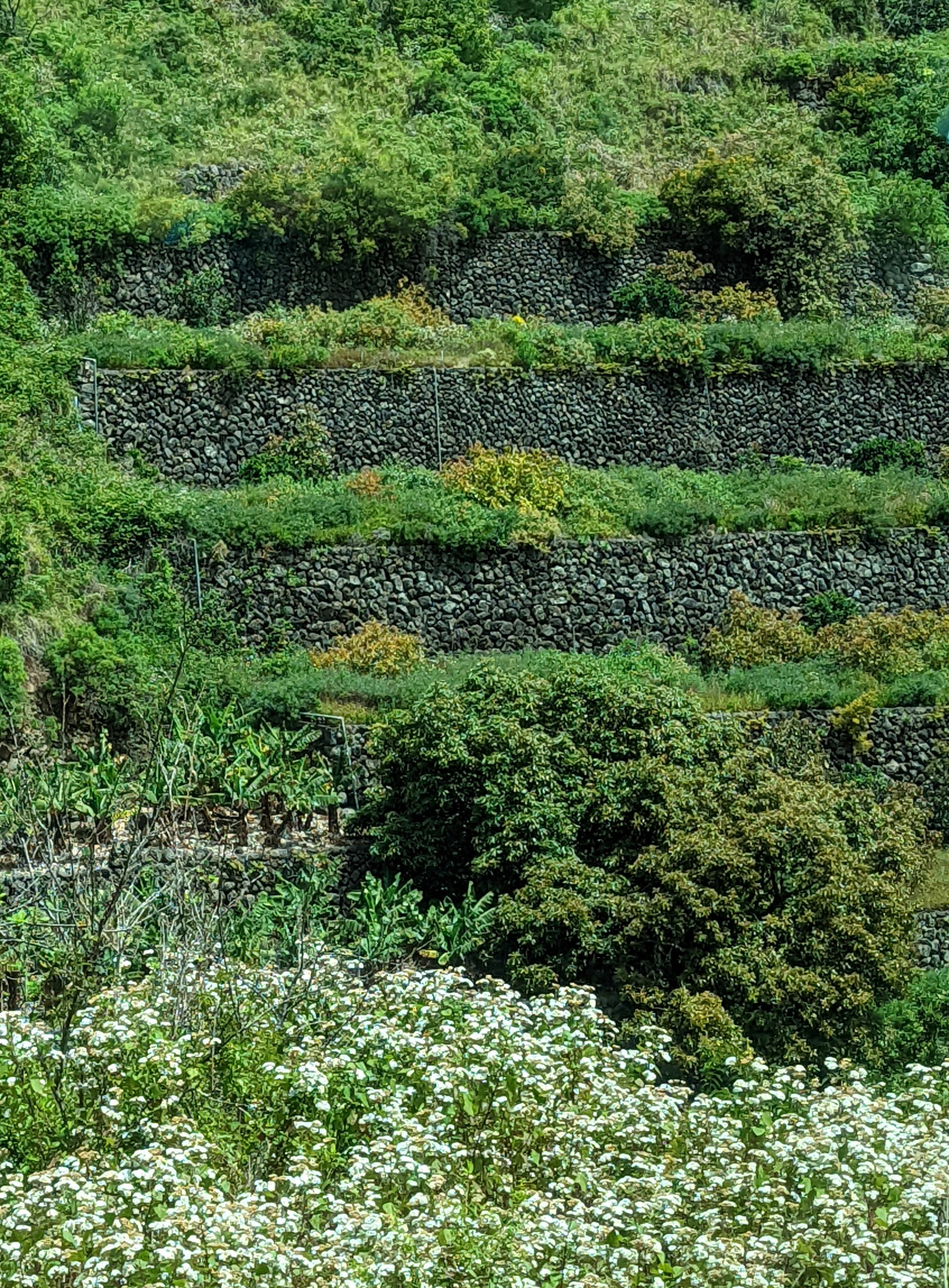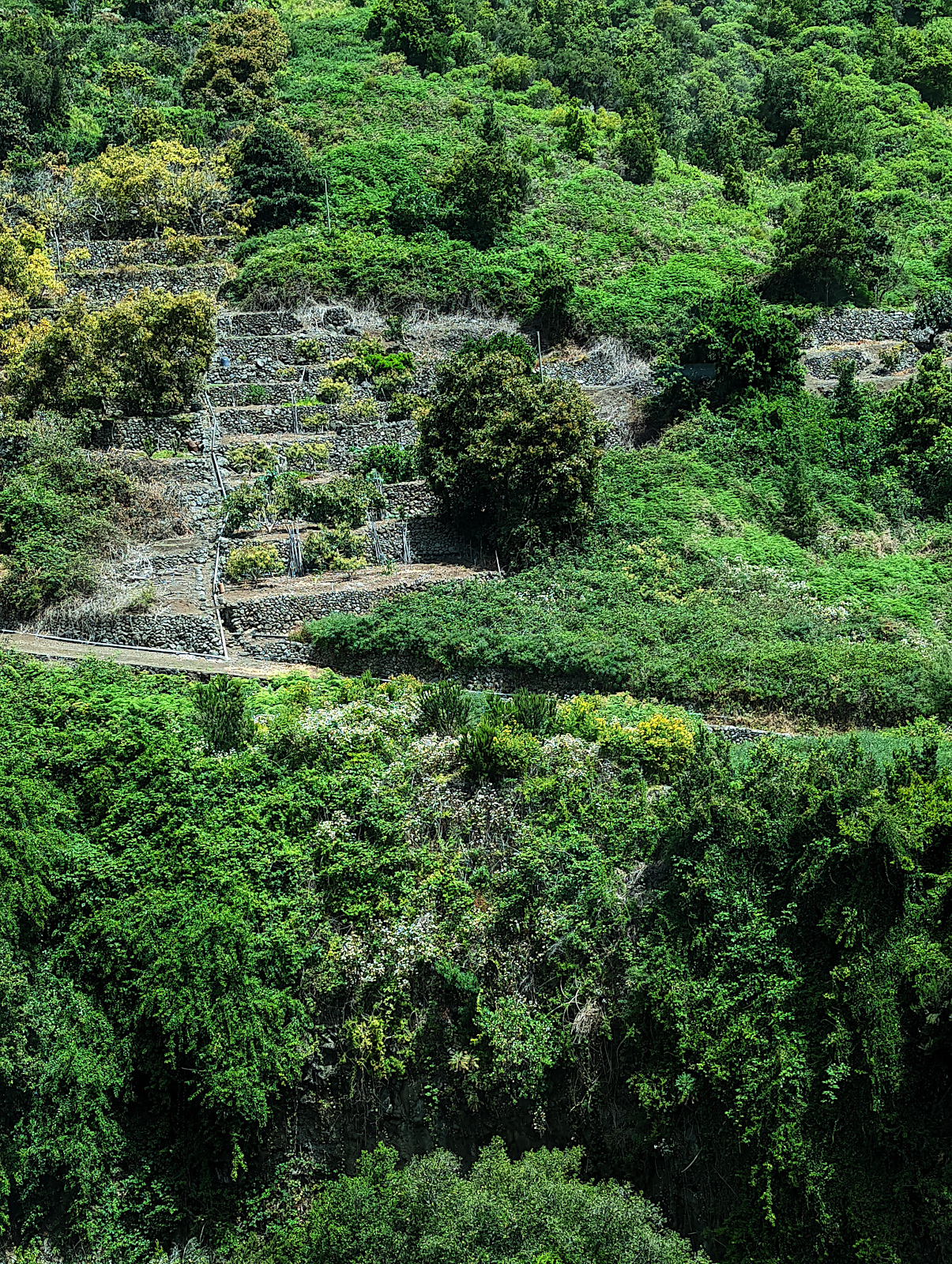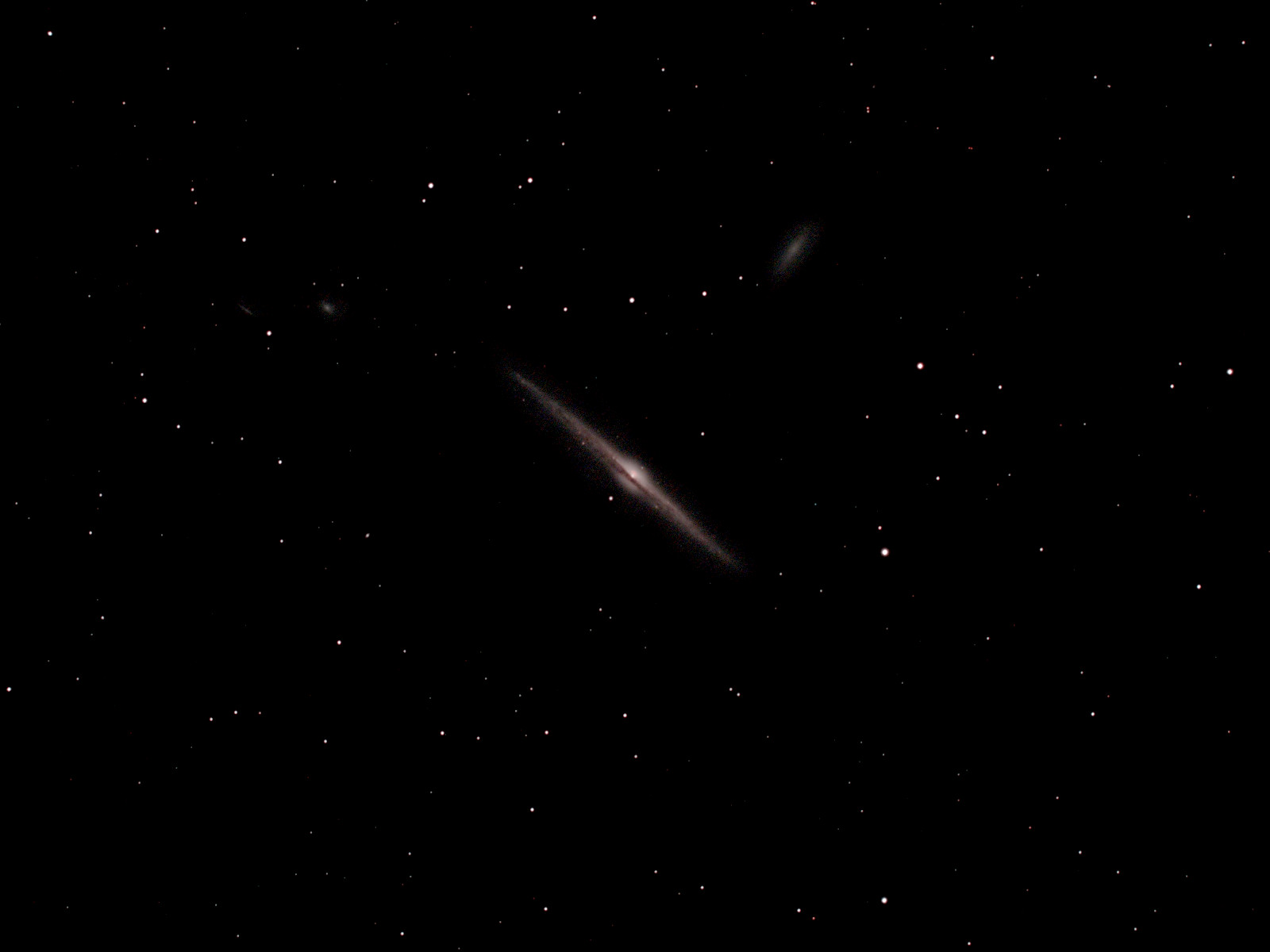
There are at least three other galaxies visible in this picture. IC3571 was a dim, dim smudge on the left side of NGC4565 that I tried hard to preserve as I processed the image. But alas, it did not survive the harsh contrast enhancement steps.
Here is an annotated full frame. Some of the other galaxies in the region are visible.
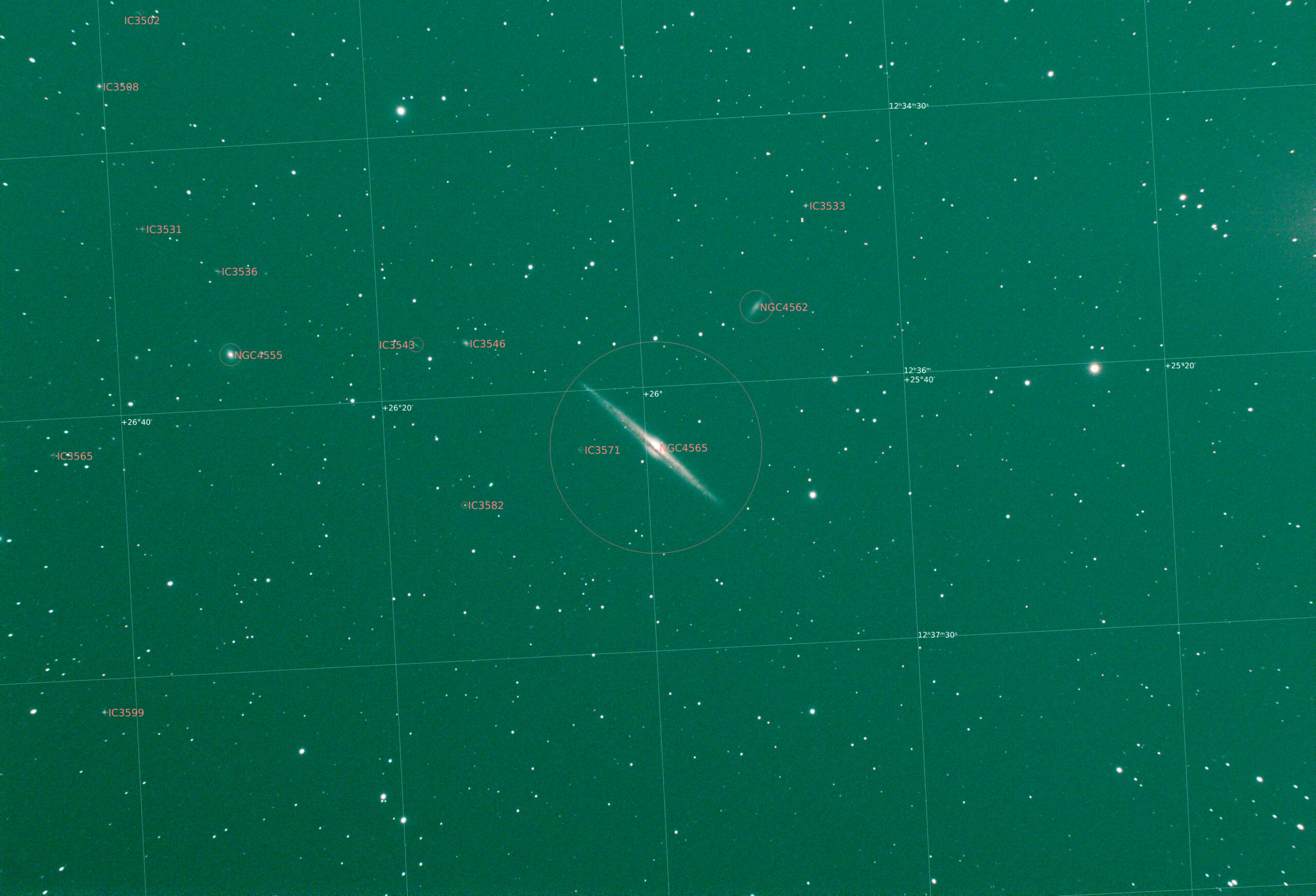
On another topic, yesterday I took possession of hearing aids for the first time. (As I type this, I hear keyboard clicks — I didn’t notice them before.)
It turns out that I have insurance coverage for hearing aids, so I got good ones — Bluetooth enabled, with extensive customization controlled via a smartphone app. They work quite well as music earbuds, at least for certain types of music. Solo guitar sounds fantastic. Noise-canceling features I haven’t explored yet. I can’t get over how loud everything is, especially the coffee grinder. Persimmon the Parrotlet is a terror now — I used to think she (it?) was a quiet bird, but now I know the volume was in the high frequencies.
Here’s Persimmon chewing on a chicken bone:

We thought she would be interested in the watermelon scraps.
